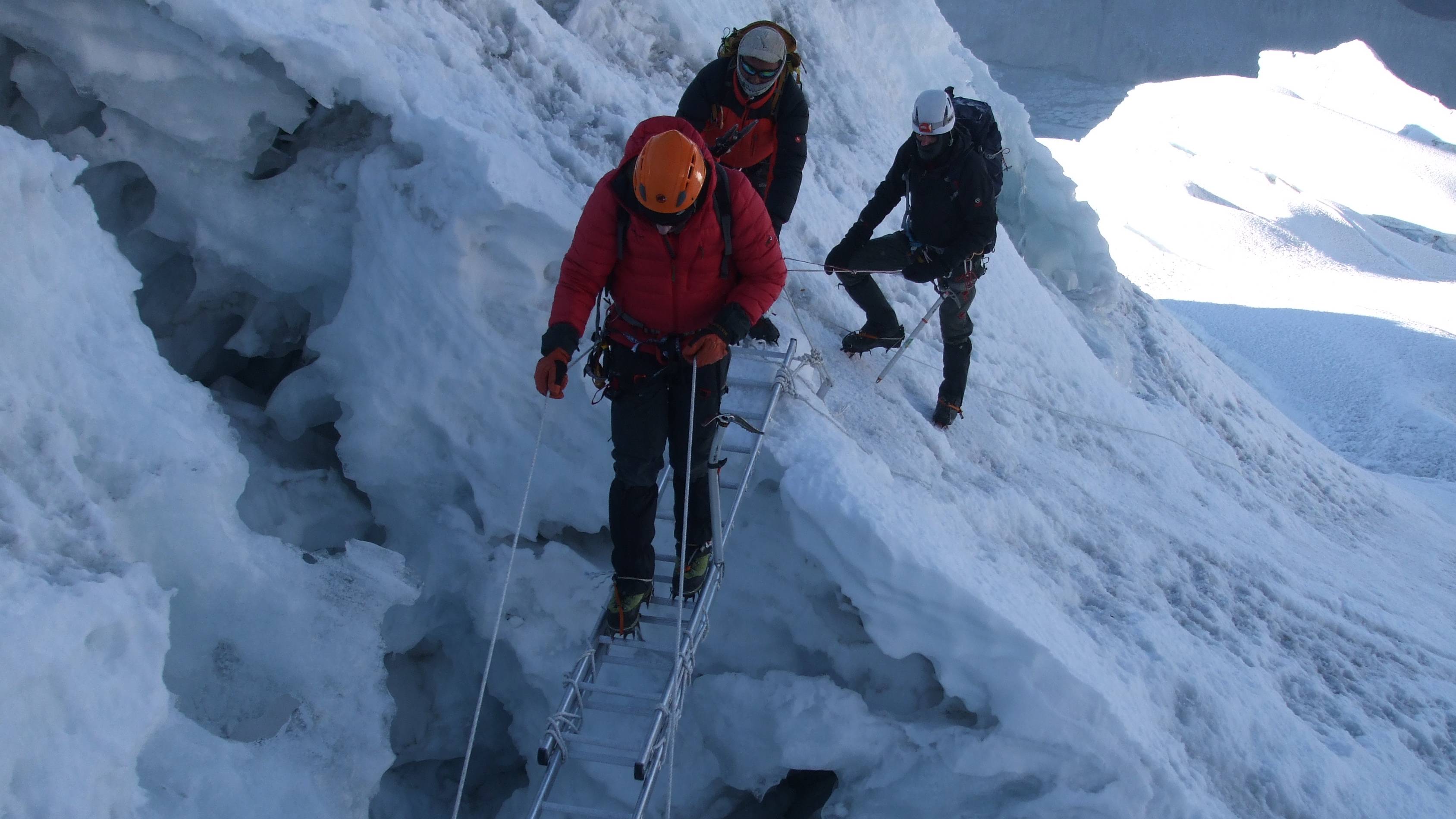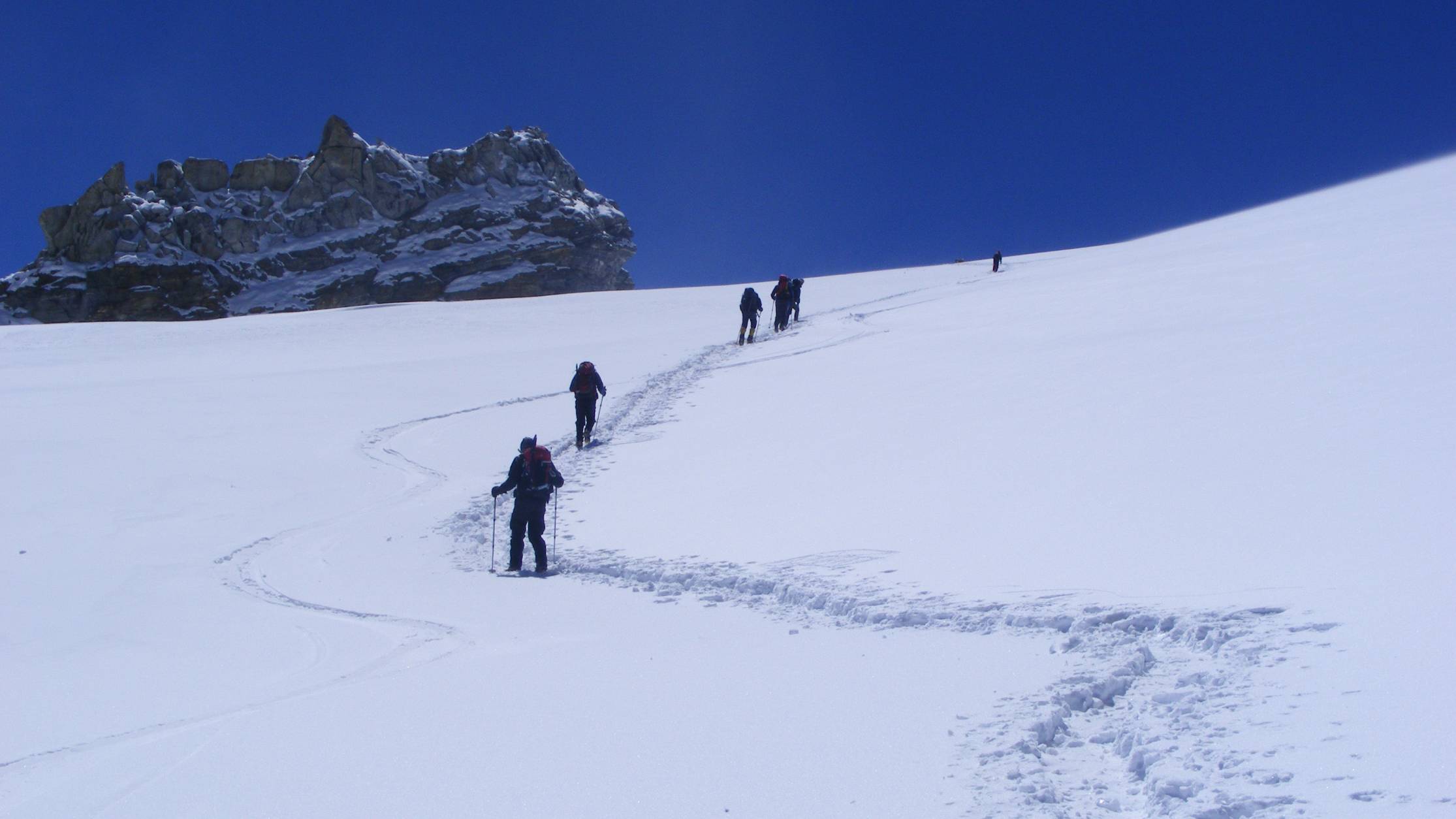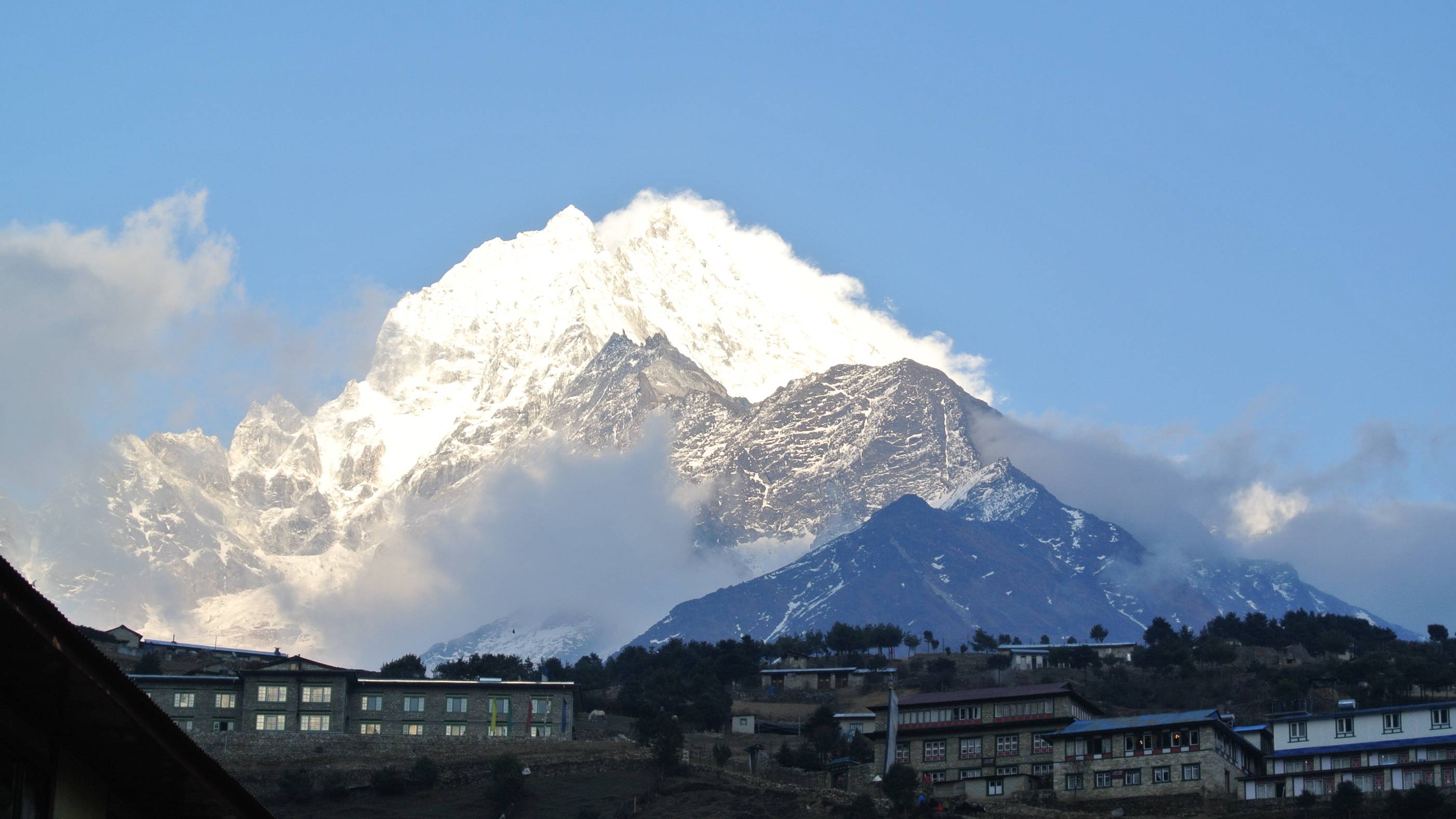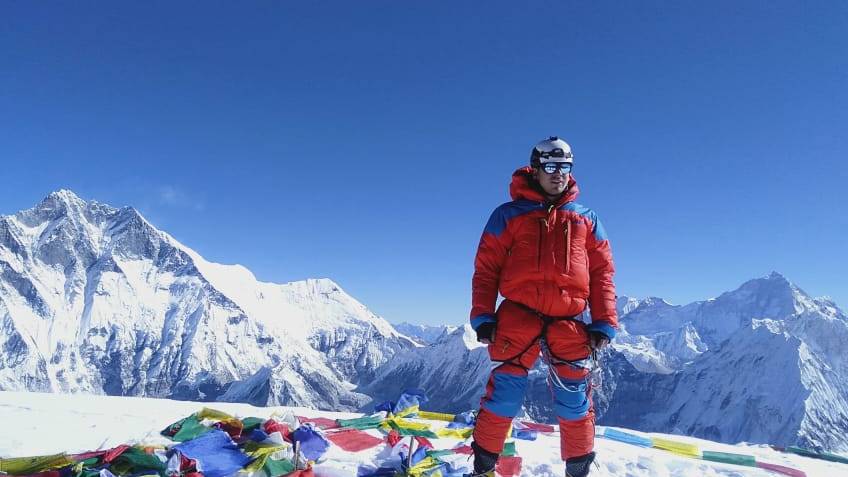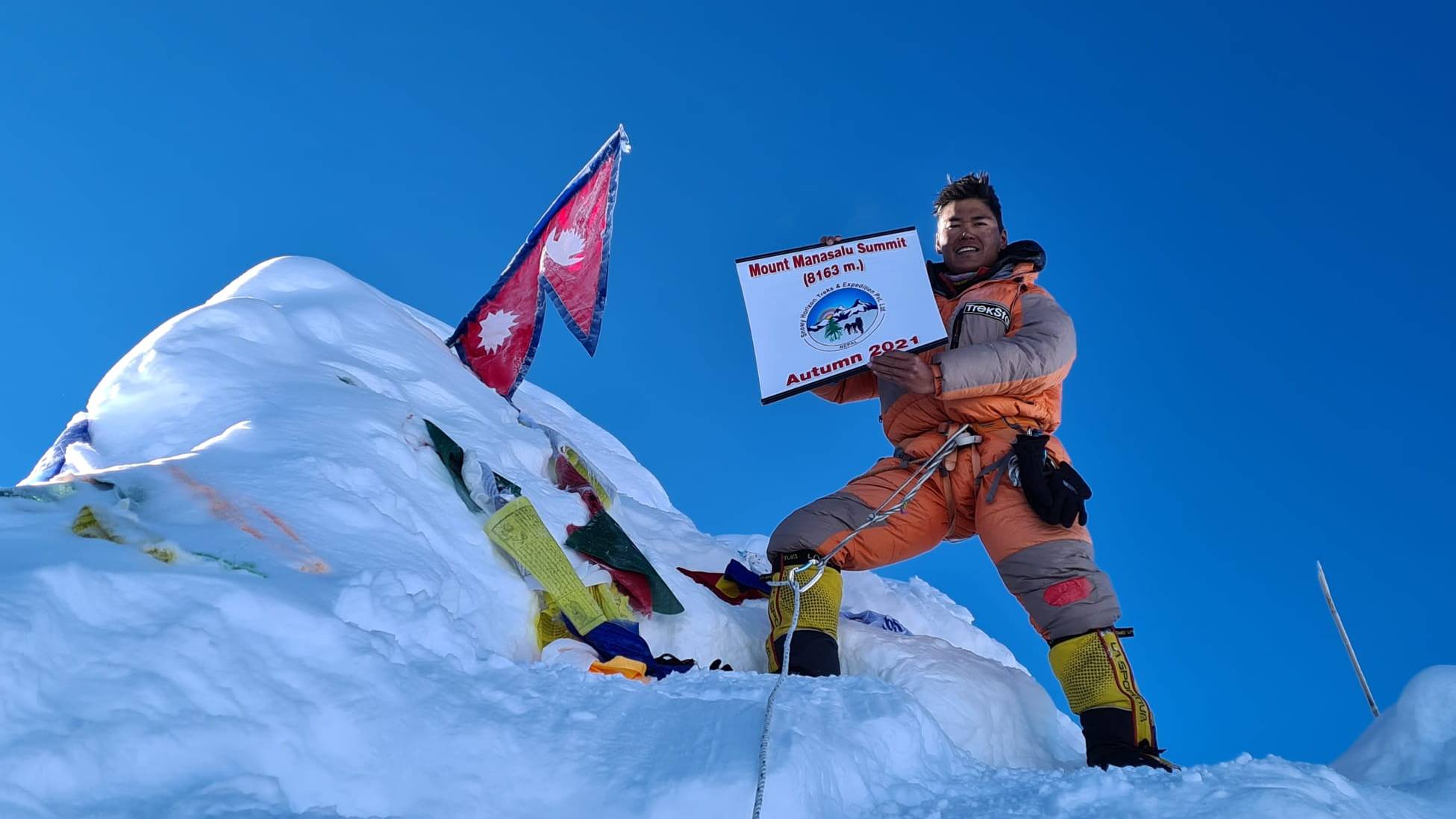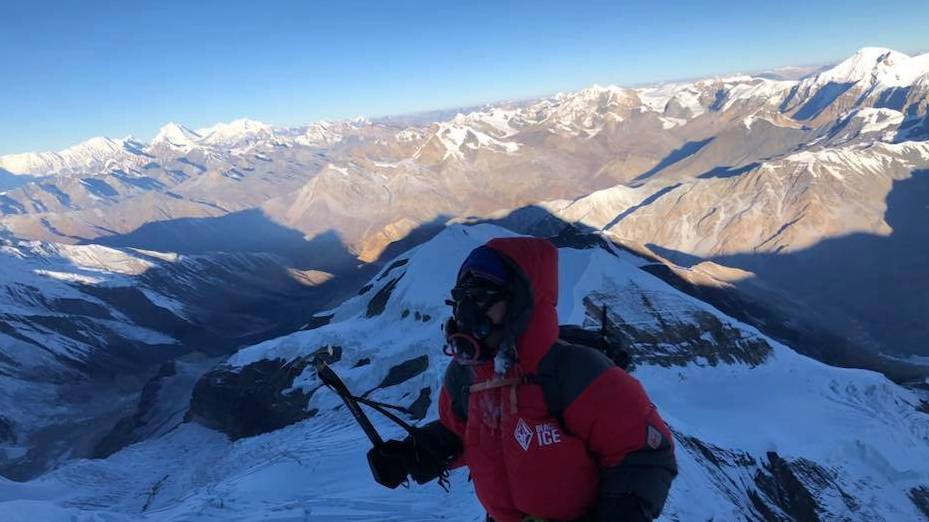The Himalayas offer some of the most spectacular climbing experiences, with opportunities for both novice and experienced mountaineers. Among the popular peaks for adventurous climbers are Island Peak Climbing, Mera Peak Climbing, and Lobuche Peak Climbing. These three climbs, located in the Everest region, provide a thrilling mix of challenges and breathtaking Himalayan views.
Island Peak Climbing
Island Peak, standing at 6,189 meters, is one of Nepal's most sought-after trekking peaks. Known locally as Imja Tse, it is often chosen by climbers as a preparation for higher peaks like Everest. Island Peak Climbing is ideal for trekkers with some mountaineering experience or those looking to gain more technical climbing skills. The journey to the peak starts with the famous trek to Everest Base Camp, where climbers gradually acclimatize before heading toward Island Peak Base Camp. The climb itself involves steep ice and snow sections, requiring the use of ropes, crampons, and ice axes. Reaching the summit rewards climbers with stunning views of Lhotse, Makalu, and Ama Dablam, making the effort well worth it.
Mera Peak Climbing
At 6,476 meters, Mera Peak is the highest trekking peak in Nepal and offers an excellent challenge for those seeking high-altitude climbing. Mera Peak Climbing is often favored by climbers for its non-technical ascent, despite its high elevation. The expedition begins in Lukla and takes climbers through remote and pristine areas of the Hinku Valley. Along the way, trekkers pass through traditional Sherpa villages and dense forests, gradually making their way to Mera Peak Base Camp. Although the climb is physically demanding due to the altitude, it does not involve complex technical maneuvers, making it accessible to fit adventurers. The summit of Mera Peak offers a panoramic view of five of the world’s highest mountains: Everest, Lhotse, Cho Oyu, Makalu, and Kanchenjunga.
Lobuche Peak Climbing
For those looking for a more technical climb, Lobuche Peak Climbing offers an exciting challenge. Lobuche East, standing at 6,119 meters, is located near the Everest region, making it a popular choice for climbers looking to experience Himalayan mountaineering. The journey to Lobuche begins with the trek to Everest Base Camp, followed by acclimatization at Lobuche Base Camp. The climb includes rock scrambling and steep snow-covered slopes, requiring climbers to use ropes and harnesses. The summit offers awe-inspiring views of Everest, Lhotse, and the surrounding peaks, making it one of the most rewarding trekking peaks in the region.
These three peaks offer a diverse range of climbing experiences, each with its own challenges and rewards, making them perfect for anyone eager to explore Nepal’s majestic mountains.
